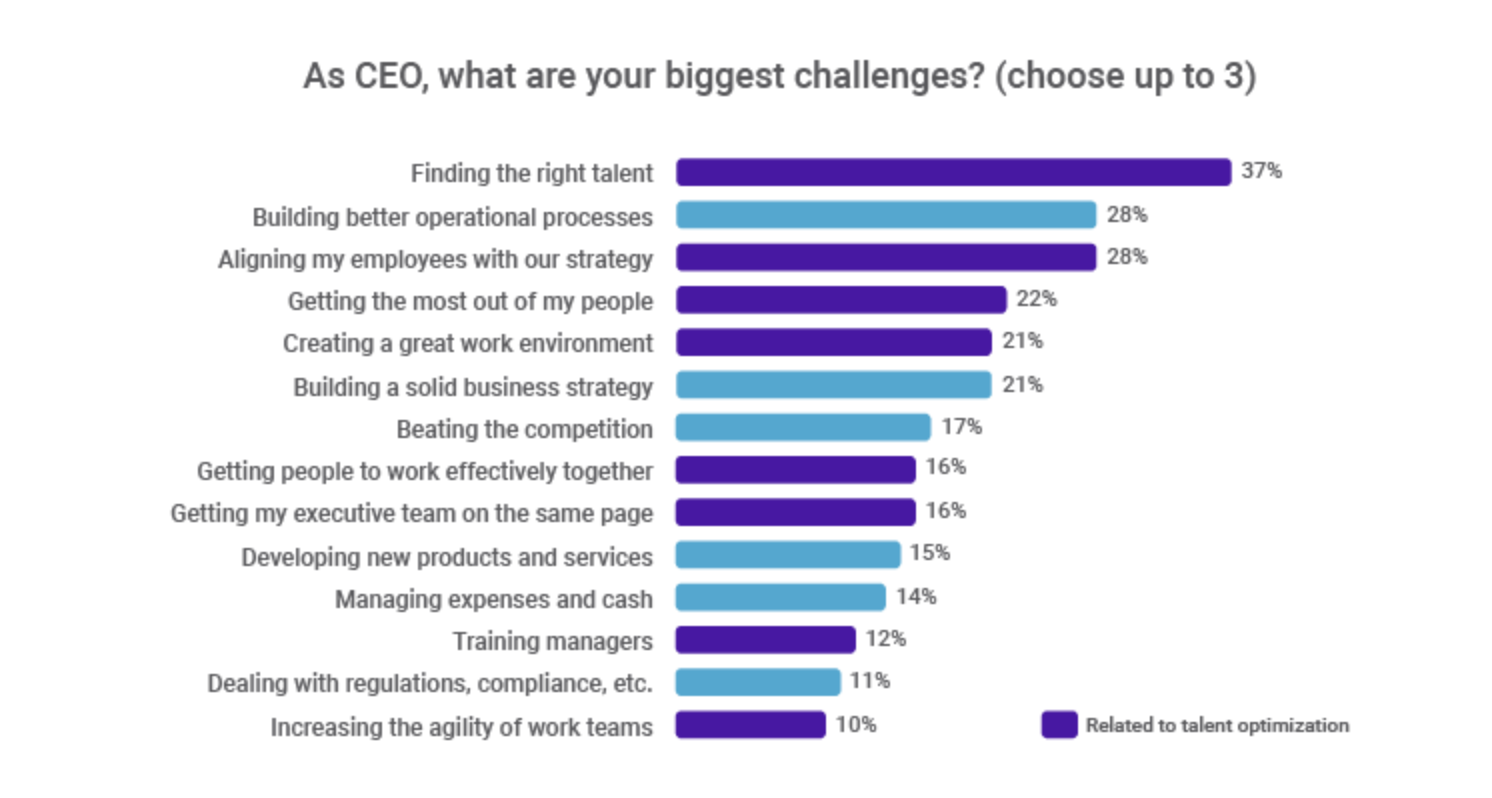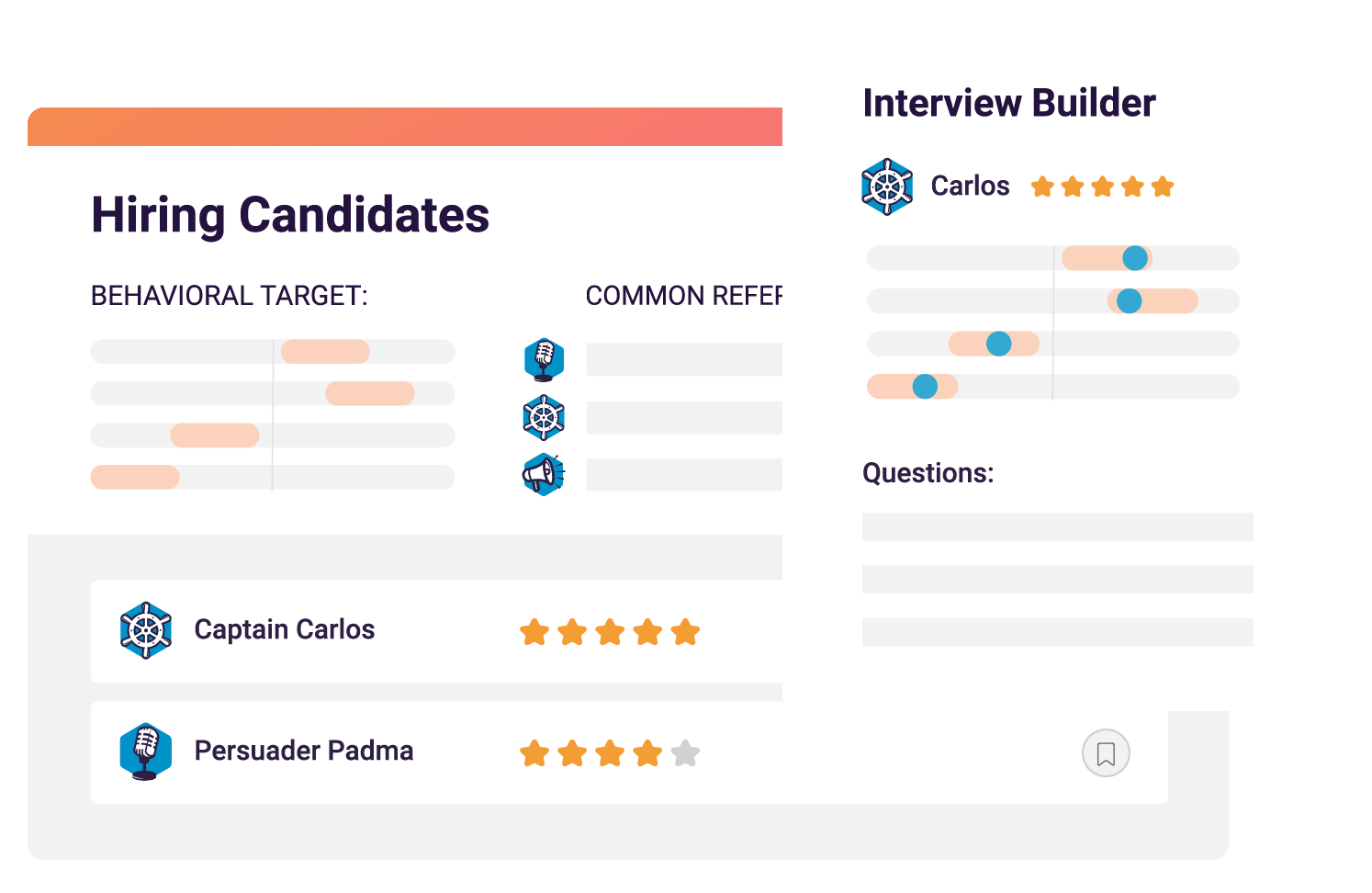What makes a great leader? It’s a question we’ve all asked or thought about at some point.
Answers might vary, but there are several traits that appear time and again: confidence, competence, and charisma, to name a few. While these are helpful traits for a leader to have, there are many others that great leaders consistently display.
Let’s take a look at six less obvious signs that you’re a great leader.
Related: Effective Leadership and How to Lead by Example in 2023
1. You’re curious.
Curiosity is something we associate with children. So why is it the first sign of being a great leader?
Great leaders drive innovation, and being curious is essential to forward-thinking. Curiosity inspires you to find new ways of motivating people and new solutions to old problems, too.
Take, for example, an employee who does the bare minimum. Without curiosity, a leader might put that person on a performance improvement plan. But with curiosity, a leader might try a new approach—like measuring the employee’s behavioral drives then asking:
- Is this person’s current role a behavioral fit—and if not, would they perform better in a different role?
- Could this person’s manager tailor the way they manage and coach them based on their individual needs?
- Is this person a poor fit with the team they’re on—and if so, is there a different team that might be a better fit?

Finally, curiosity fuels competence and helps you close knowledge gaps, which is essential in today’s fast-paced world of disruptive technology. Leaders who don’t develop curiosity tend to get left behind as the world moves on.
2. You know your people.
Know the people that work for you, their strengths, weaknesses, goals, and aspirations.
In the 2019 CEO Benchmarking Report, CEOs said that “Getting the most out of my people” was a top challenge.

It’s hard to drive maximum team or company productivity without understanding how to motivate each individual.
Another related top CEO challenge was “Aligning my employees with our [business] strategy.” The more you build strong relationships by getting to know what make your people tick, the better success you’ll have. It’s about treating people the way they want to be treated and designing a strategic and intentional talent strategy.
Here are some other things to think about when it comes to talent strategy. Did you:
- Design your talent strategy to match your business strategy?
- Select an organizational model that maps to your business strategy?
- Create core values that promote needed behaviors for strategy execution?
- Complete a talent mapping exercise to succession plan and build bench strength?
Proper succession planning—to create flexibility and adaptability to change—requires leaders to understand their people and what motivates them. Don’t just promote someone due to subject matter expertise or tenure—consider behavioral fit before moving anyone to a new role.
3. You’re self-aware.
Just as important as knowing your people is knowing yourself—your own strengths, weaknesses, and aspirations. It’s easy to push becoming self-aware to the bottom of your priority list, but the rewards of building self-awareness are worth it.
The 2018 People Management Study found that 99.9% of respondents named self-awareness as the number one trait displayed by great managers.
Want to start building self-awareness now? Try the free PI Behavioral Assessment to understand how you think and work in just six minutes.
4. You’re not afraid to get it wrong.
Leadership is, ultimately, the pursuit of success.
Leaders get paid to achieve, and our vision of leading companies to success makes us believe that failure is something to be avoided at all costs. However, failure is often necessary for eventual success.
As Carole Dweck demonstrated, a growth mindset is essential to success. People with a growth mindset recognize failure for what it is: a stepping stone, a learning opportunity, and a chance to get it right next time.
Another benefit of losing your fear of failure is more creativity. When you’re not caught up trying so hard not to get it wrong, your mind is free to come up with ways to get it right.
If you want to drive a fail-fast culture and a growth mindset, you have to model that in the C-Suite. Senior leaders should be open about their own failures and growth journeys.
5. You have integrity.
Demonstrating integrity is about doing the right thing, being honest, and holding yourself accountable for your actions.
Consistently demonstrating integrity builds trust across the company at all levels. The 2019 Employee Engagement Report found that “I trust the senior leadership of my organization” was the No. 2 driver of overall employee engagement. Build trust, build engagement. Fail to build trust, fail to build engagement. It’s that simple.
Leading with integrity can give you an edge when it comes to managing change, too. When employees trust that you’re leading with integrity and their best interest in mind, they don’t fear change as much.
6. You see the big picture.
Leaders are responsible for developing an organization’s mission, vision, and goals. To do this effectively, you need to avoid getting bogged down in the details. It’s all about learning to delegate so you can work the business, not in it.
Steering the company toward success requires the ability to see the big picture then communicate that vision in a way that resonates with employees.
Great leaders are made and not born.
Some of these traits may come naturally to you, but others, like self-awareness, are skills and behaviors that most of us have to learn to apply consistently. The very best leaders are constantly learning and evolving.
Join 10,000 companies solving the most complex people problems with PI.
Hire the right people, inspire their best work, design dream teams, and sustain engagement for the long haul.








